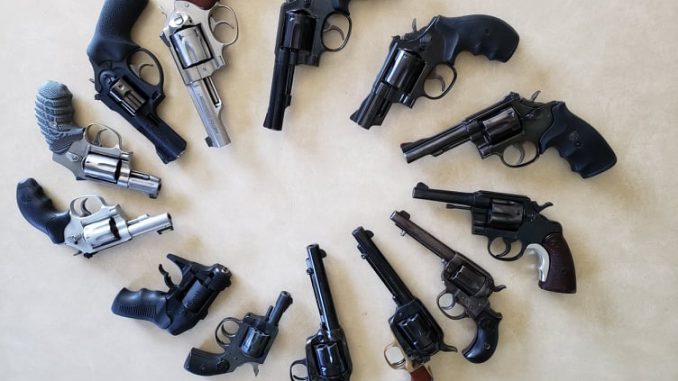
“Revolvers never jam!” How many times have have you heard, or even said something to that effect? For a variety of reasons, people often assume revolvers are both more simple and more reliable than modern autoloading pistols. Unfortunately, perfect reliability is far from reality. From their delicate lock work, to the screws holding many models together, there’s plenty to go wrong.
As a dedicated revolver shooter for the past several years, I’ve had more than my fair share of malfunctions. Some of these issues can be mitigated with preventative maintenance. Others cannot, and are simply manufacturing defects and more. This is without including failures to fully eject or extract due to interference from grips, weak actuation of the ejector rod, and dirty chambers. Those fall more into user error, but certainly hinder normal operation.
Our Fine Selection of Revolver Jams
Below are some of the malfunctions I’ve personally encountered over a few years.
Smith & Wesson
- 642 Internal lock breaks under recoil, locking up the gun.
- M15 ejector rod backs out under recoil within a dozen rounds, preventing opening of the cylinder.
- 351PD quickly builds excess unburnt powder under the ejector star, preventing cylinder rotation.
- 317 Kit Gun repeatedly has the trigger stick to the rear, fails to extract spent cases, repeatedly cannot detonate rounds.
Rossi
- Rossi M511 had a backed out ejector rod, bent crane, broken cylinder release, and oblong cylinder. This caused shaved bullets, dragging of certain parts of the cylinder, inability to open the gun, inability to press the trigger, inability to eject spent cases. Overall, gun was a factory lemon, with other problems exacerbated by poor handling by a previous owner.
Colt
- Trooper MKIV lost timing causing shaved bullets, resulting in degraded accuracy.
- Every new Cobra and King Cobra I’ve seen have improperly sized ejector rods. This results in stuck ejector rods when ejecting with authority. Total number is in the dozens from initial release to now.
- Lightning cylinder spins freely, unable to lock up for firing.
Iver Johnson
- Safety Automatic cylinder spins freely, unable to lock up for firing. Same problem with two different examples.
Uberti
- Cattleman had a screw fall out under recoil, resulting in the loss of the ejector rod and its housing.
Ruger
- Ruger GP100 Match Champion trigger would freeze, requiring the cylinder be opened and closed to continue firing.
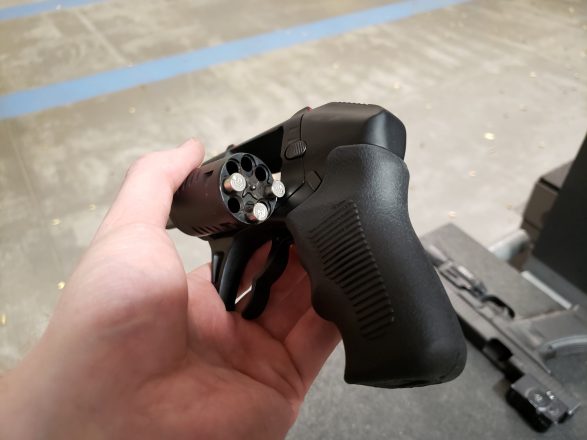
Standard Manufacturing
- S333 Thunderstruck Volleyfire would fail to extract and eject spent cases, cylinder frequently fails to rotate, rounds require manual seating, bullets tumble out of the barrels.
Abuse, Neglect, and Preventative Maintenance Impacts to Revolver Reliability
It’s often said that revolvers are more tolerant of neglect than semiautomatic pistols, while autoloaders are more tolerant of abuse. That rings true in my experience, and can be exemplified by common use cases of modern firearms.
Semiautomatic Pistol Reliability
My standard maintenance cycle on my Glocks is a full cleaning and lubrication around 1,200 rounds. Anything before that is typically limited to wiping down the slide to avoid corrosion, or an emergency cleaning due to rain or other factors. Even at a relatively high round count, I typically do not experience any stoppages when using quality ammunition. Dust, rain, and impacts do little to stop the Tupperware Guns from chugging along. If a gun is dropped I perform a quick function check, then continue about my business without concern. Look at any military acceptance trial, or Youtuber torture test, and you’ll see guns survive far worse than what I put them through.
Most modern guns run well, so long as shooters do their part. However, poor grips, weak loads, and compromised shooting positions can have a significant impact to reliability.
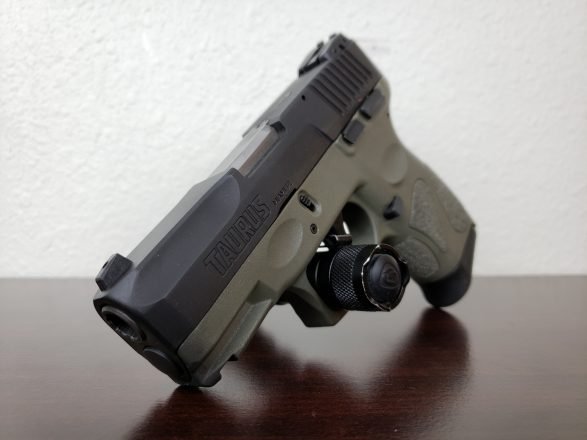
However, if you leave an automatic pistol in a dresser drawer for years, and go to shoot it, you may not have as good of results. Often time we find lubricants dry up, springs wear out, lint fills crevices, and more. All of this impacts the exact timing involved with properly cycling a pistol. Despite surviving hell and back, time still takes its toll.
This is not the case with revolvers.
Revolver Reliability
When competing or teaching, I typically have an older Smith & Wesson K-Frame on my hip. This is usually in the form of a Model 10, Model 15, or a snub nose Model 19. These are full size, 6 shot revolvers, that were common duty guns back in your parent’s or grandparent’s day. Think of them as the Glock 19 or 17 of yesteryear. Consider my typical Steel Challenge Match.
Despite only shooting 125-150 rounds over the course of four hours, my guns require at least one quick cleaning to make it through the day. This is done with a toothbrush, hitting a few critical places, followed by a couple drops of lubricant in the middle of the match. During cleaning I check the ejector rod and various screws to see if they’ve backed out at all. I also make sure that I haven’t bent my crane by checking for wobble when spinning the cylinder.
This miniscule amount of ammunition is more than enough to start throwing things out of whack. Problems are magnified with unjacketed or poor quality ammunition. Smaller, carry focused guns run into trouble even quicker due to the tighter tolerances associated with the size. Often, I find myself cleaning J-Frames after as well as 50 rounds to ensure proper function.
Abuse and Neglect of Revolvers
Dropping a revolver can spell disaster. These are precision machines, held together by delicate clockwork. Remove a side panel and see for yourself. An impact strong enough can break or bend pieces, throwing them out of alignment. Common misconceptions about their handling if a frequent cause of damage. Nearly every action movie shows the hero whipping the cylinder back into place after a reload. In reality, this will bend the crane, misaligning the cylinder, potentially causing a catastrophe as rounds impact the side of the forcing cone.
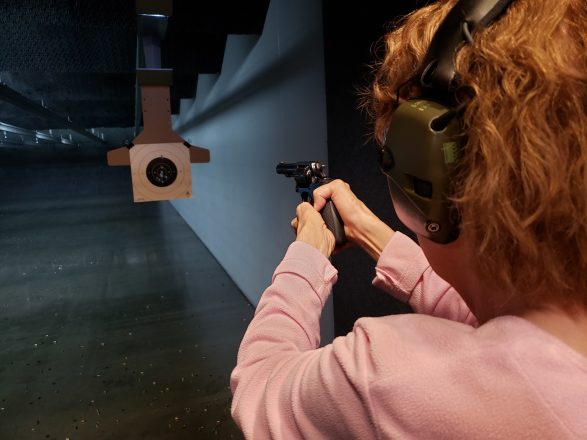
Even with these sensitivities, revolvers are strikingly resilient in the face of neglect. I’ve personally taken revolvers, which had lived their last 40 and 90 years untouched, to the range with zero issues despite no lubrication or cleaning beforehand. Both guns performed comparably to well maintained revolvers, and one of which has become a staple of my revolver shooting. This is not something I’ve seen possible with old autoloading guns.
To top it off, revolvers are fairly impervious to poor technique. Thanks to being manually operated, a weak grip, contact shot, or compromised position do virtually nothing to impact cycling of the gun. This is one area where the wheelgun shines.
Final Thoughts on Revolver Reliability…For Now
Firearms are mechanical devices, and they fail. Learn what makes your gun run, and do that. Learn what stops your gun from running, and mitigate that. Revolvers are a niche tool, and come with considerations different than those of a semiautomatic pistol. It’s up to us to ensure that we’re performing appropriate preventative maintenance to avoid a negative outcome at the worst moment.
Are you doing your part?
Support My Work
If you made it this far, thanks for reading! Writing isn’t my full-time profession, and nearly everything I do comes out of my own pocket. Between ammunition, tuition, range fees and more, expenses add up fast. If you like what I have to offer, consider making a donation to my Patreon.
Every bit helps bring more work like this to you, and contributes to shortened timelines or more in-depth work on my part. You’ll also have more direct access to me, offering suggestions for future projects, looking behind the scenes, and getting early access to some content. You can find my Patreon >>HERE<<


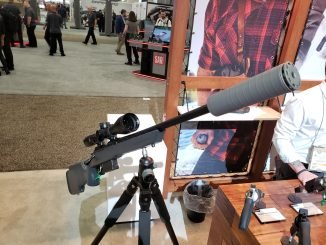


Primers or bullet’s walking out are a top reason for revolvers to jam not withstanding a catastrophic failure.
A person on my range shooting a Taurus Judge chambered for 2-3/4 inch 410 shotshells accidentally put 3 inch shells in the cylinder. The 3 inch fit but when the first one was fired the crimped plastic on the end of the shell open up into the barrel jamming the revolver. They gave me that box of shells and I still have it, good paper weight.
Great post! One quick fix to the Colt problem… You can modify your King Cobra by filing the tip of the ejector rod down a bit so that it fits inside the channel in the crane. You don’t really need the knurling for anything except tightening the ejector rod so there’s not much loss, but it will prevent the rod from sticking when ejecting firmly.
Yep, and that’s the fix I usually recommend. I just wish Colt would make it right from the start!